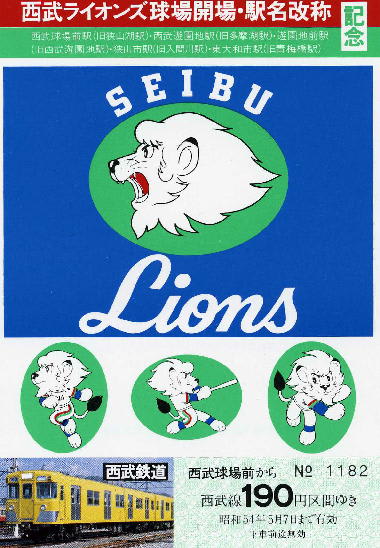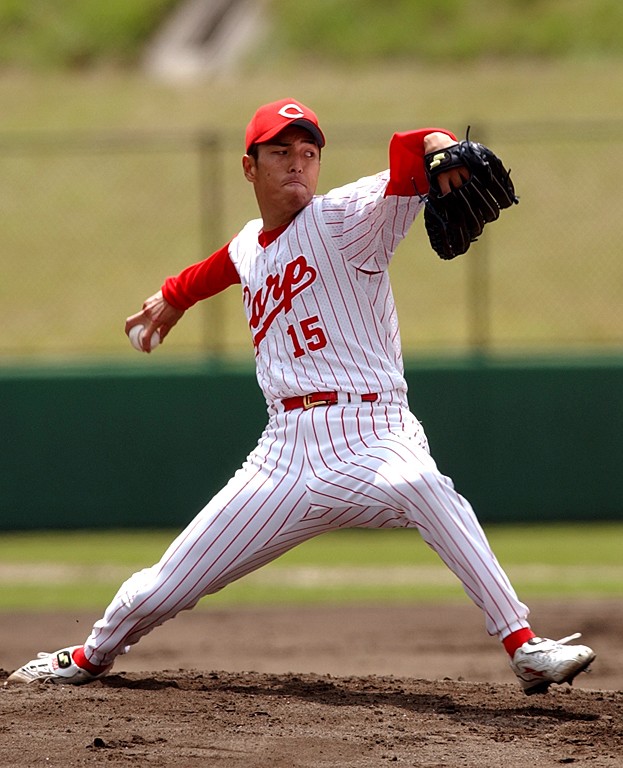
The Japanese baseball league's executive committee met in May to discuss current issues surrounding the posting system which allows players to transfer from Japan to the United States' MLB. The system in place has been criticized before, but the most recent call for change is connected to the breakdown in negotiations that occurred between the Tohoku Rakuten Golden Eagles' pitcher Hisashi Iwakuma and the Oakland Athletics late last year. The American League West team had won the sole rights to negotiate with Iwakuma's agent, but the two parties could not agree on a deal within the 30-day signing period and thus the starting pitcher returned to his NPB team for another season. After the initial expectation of joining the majors in 2011 fell through, a disappointed Iwakuma later voiced his frustrations with the current posting system. His agent Don Nomura and his current Japanese club agree that there are severe limitations with the somewhat dated system. At the Nippon Professional Baseball executive committee meeting on May 16th, Rakuten Golden Eagles representatives suggested letting the three highest bidders from the majors negotiate with any one posted player, rather than rewarding just one MLB team the sole rights to discuss a future contract with a star Japanese player. Following the meeting, it was reported that Japanese baseball might approach Major League Baseball about altering the current system that has been in place since 1998.
Last winter marked only the first time that negotiations to sign a Japanese player have fallen through since the adoption of the posting system. Although this has only occurred once, NPB is rightfully concerned about the process heading into the future, as more and more Japanese league players will want to cross the Pacific and see how their play stacks up on baseball's biggest stage. Given the small market makeup of the Oakland Athletics franchise, it is little surprise that the team did not want to budge from it's initial offer made to Iwakuma's agent and thus pay more than they wanted to for the starting pitcher"s services. Simply put, the team with a $65 million payroll did not want to get deep into contract disputes after paying $19.1 million to win the bidding war to negotiate with Iwakuma in the first place. It became clear that the Oakland A's had a specific budget in mind for the whole process (the cost of the posting fee and the one or two year contract combined). Thus, the team's front office refused to stray far from that said plan and after a while they chose not to continue talks with Mr. Nomura, thereby frustrating the agent and Iwakuma. However, it is not this fact of the matter that had Rakuten and Iwakuma feeling so betrayed after the 30-day signing period had passed without success. Rather, it was how lopsided the whole affair seemed. Agent Don Nomura expressed his dissatisfaction by saying, "this system is extremely one-side. The team (that acquired negotiating rights) can offer a minor league contract (and break off negotiations) without losing anything. The player’s side is at a disadvantage.”
Reports say that at first, Iwakuma seemed fine with the starting offer made by the A's. However, his agent sought a better deal for the pitcher who went 10-9 with a 2.82 ERA in 2010. Then things completely fell apart as the Athletics boldly stated that the initial contract offer was the only one available, no further discussions about it. That response from the MLB organization made Iwakuma feel unwanted and thus extremely unhappy with the situation. He felt that if they had wanted him badly enough they would have done what was necessary to get him in green and gold.
In the end, the Oakland ball club did not make a big enough offer and thus Rakuten lost out on the $19 million they were set to receive. Instead, the Eagles get Iwakuma for another year but they will lose their ace starter to international free agency after this year (Iwakuma is most likely going to the Bigs in 2012 seeing that he is 3-2 with 47 innings pitched and a 1.72 ERA so far this season) and Rakuten will not receive any compensation, which is especially distressing for the team's executives. All these events attribute to the Golden Eagles' increased distrust of the posting system and thus the NPB organization's appeal to change it (or create a player transfer set up with a fee that would go back to the NPB club that loses a given player) so that a Japanese player could have the opportunity to negotiate a contract with more than one available MLB team. That possible scenario seems very player-friendly, while the current posting system gives any single MLB team (the winning bidder for the rights to negotiate) a lot of power and control over the player's future, which is exactly what some NPB executives dislike about it. Who knows, maybe a little further down the line, MLB might allow an NPB star to negotiate with the top two bidders, but that seems unlikely due to the fact that talks after the bidding process have only ever broken down once and because Major League front offices want to preserve the upper hand they currently have. Another alternative is to set up a future player transfer window (a.k.a transfer period) in which international players from Japan move between professional baseball leagues and compensation is paid to the previous club for the player's rights, similar to the transfer fees used in European club soccer.
In assessing the situation, it is evident that the posting system is a complicated entity that involves a lot of different parties. Thus, a long process would be needed for both sides to negotiate a new set of rules for posting a player. My guess is that the NPB, knowing the complications involved, will decide to leave things the way they are seeing that under the current agreement, Japanese pro teams still stand a good chance of making a lot of money off posting a certain player. For example, when the Seibu Lions gave Daisuke Matsuzaka permission to join MLB, the bidding rights were won by the Red Sox who paid 51 million dollars (a sum two times the Lions' payroll). I just hope that the Iwakuma signing failure together with Rakuten missing out on a hefty sum of cash doesn't influence lots of NPB teams to decide not to accept posting fees from small market MLB teams (like the A's) in the future because of fears that a contract wouldn't come together. This would put small budget teams at even more of a disadvantage because most Japanese superstars would, in that case, be available almost exclusively to the Yankees, Angels, Phillies, and other top payroll MLB franchises.
News source: The Japan Times











